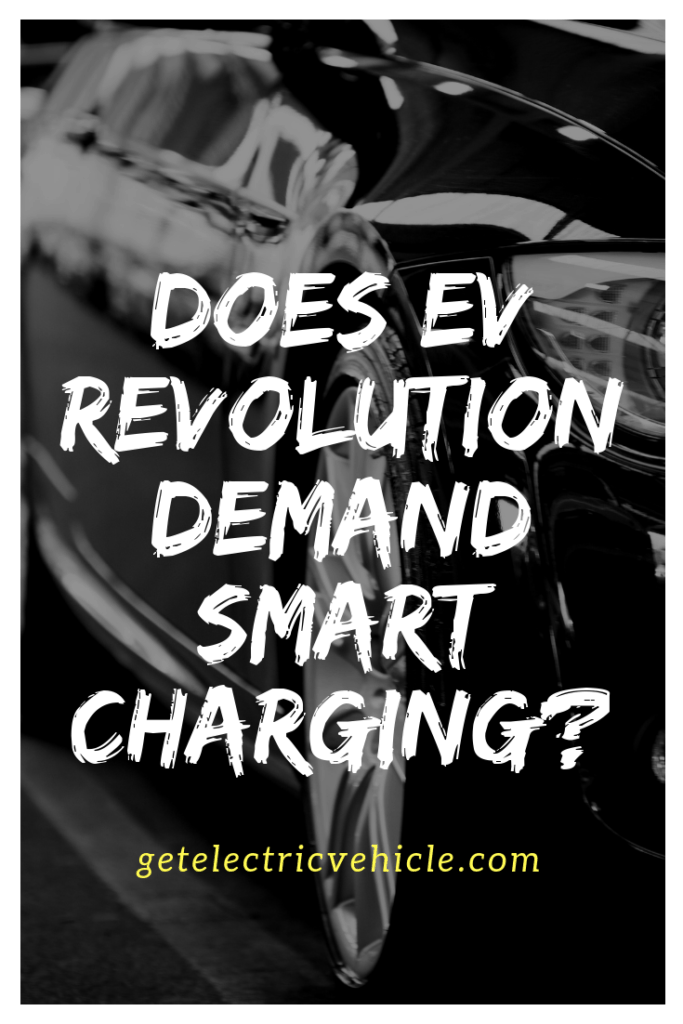
Electric vehicles slowly capture the automotive market(?). As the number of EVs increases, the charging facilities have also to be expanded accordingly. We shall discuss the developments in the smart charging for electric vehicles that help the power grids to operate effectively.
Tesla’s fast-charging network is the World’s largest one that is still being expanded. Fast charging is necessary if you are going for long trips.
It is estimated that the average distance traveled by a person in a day is less than 40km.
How does fast charging affect the power utility grid?
Electric vehicles are a highly concentrated load that draws a lot of energy from the power utility grid when they charge.
Too many electric vehicles charge at peak time results in a power network crash in the area.
Fast charging for electric vehicles
Fast charging for electric vehicle makes the EV battery gets charged in a few minutes and helps the driver to drive the vehicle. The normal charging (home charging) of electric vehicles takes hours.
Even though the normal charging of an electric vehicle is a time-consuming process, the method (home charging) is the most convenient and common method that most of the car owners follow to charge their vehicle.
There are wireless charging technologies emerging for electric vehicles.
Smart charging for electric vehicles
The controlled charging of electric vehicle batteries decreases the high load on the power utility grid. Instead of charging the vehicle whenever it is being plugged in, the controller decides when to charge the vehicle battery.
The charging at off-peak hours and – not together – reduces the high demand on the power utility grid.
What are other advantages?
If the charger is a bidirectional charger, the smart charging helps out to implement vehicle to grid technology as well.
Read more: Vehicle to Grid and Vehicle to Home: How do they impact the power grid?
Case studies for Smart charging
A small study of electric-car owners was conducted in a wealthy Stuttgart, Germany suburb by a local grid operator Netze BW. The study looks at how to be smart about getting cars charged for the time when that charge is needed, without overtaxing the local grid.
Just 10 households, which were in the same neighborhood were studied.
When everyone left their vehicles plugged in overnight and agreed to as a smart-charging process, only half of the vehicles charged simultaneously.
The participants of the smart charging case study were given 22 kW EVSE (Electric Vehicle Supply Equipment) for their garages and two charge points in the street.
Charging slowly, outside of peak hours, is the smart workaround for providing the juice needed by electric vehicles without costly upgrades of substations and high-voltage transformers—and costs that get passed along to the public.

Conclusion
Smart charging and fast charging are entirely two different concepts. Fast charging is necessary for a vehicle on long trips. But the smart charging implemented in households would definitely reduce the load, and tension in the power utility grid.
Don’t forget to share the post with your friends and follow us on Facebook, LinkedIn, Twitter, Instagram, and YouTube!
Key points
- Number of electric vehicles in the market increases
- Fast charging stations increases
- EV charging affects the power utility grid
- Smart charging shall minimize the impact of EV charging on Grid
- Smart charging shall be expanded for V2G technology